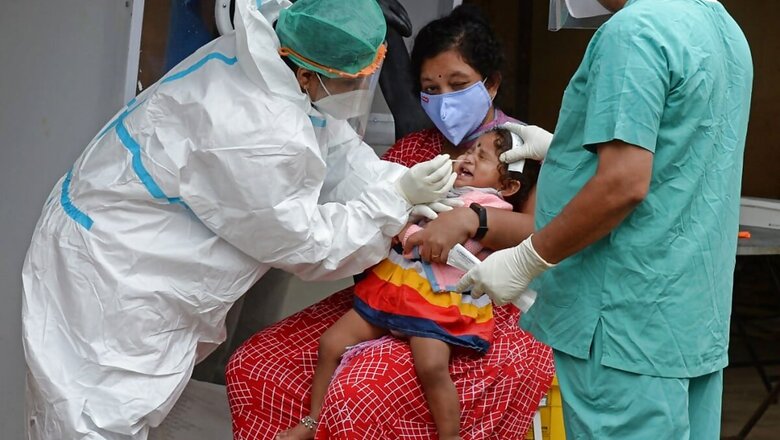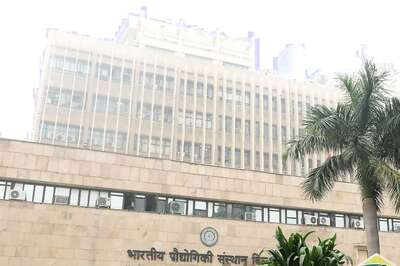
views
With 1.3 billion people jostling for space, India has always been a hospitable environment for infectious diseases. And the coronavirus has proved to be no exception: The country now has more than 6 million cases, second only to the United States.
An ambitious study of nearly 85,000 of those cases and nearly 600,000 of their contacts, published Wednesday in the journal Science, offers important insights not just for India but for other low- and middle-income countries.
Among the surprises: The median hospital stay before death from COVID-19, the illness caused by the coronavirus, was five days in India, compared with two weeks in the United States, possibly because of limited access to quality care. And the trend in increasing deaths with age seemed to drop off after age 65 — perhaps because Indians who live past that age tend to be relatively wealthy and have access to good health care.
The contact-tracing study also found that children of all ages can become infected with the coronavirus and spread it to others — offering compelling evidence on one of the most divisive questions about the virus.
And the report confirmed, as other studies have, that a small number of people are responsible for seeding a vast majority of new infections.
An overwhelming majority of coronavirus cases globally have occurred in resource-poor countries, noted Joseph Lewnard, an epidemiologist at the University of California, Berkeley, who led the study.
India recorded its first case of COVID-19 on Jan. 30 in an Indian citizen evacuated from China.
The study focused on two southern Indian states, Andhra Pradesh and Tamil Nadu, which together have a population of about 128 million and represent two of the five Indian states with the most cases. They also have among the most sophisticated health care systems in the country.
Contact tracers reached more than 3 million contacts of the 435,539 cases in these two states. The researchers analyzed data for 575,071 contacts for whom test information was available.
The contact-tracing data revealed that the people infected first were more likely to be male and older than their contacts. Lewnard and his colleagues also looked at infections in contacts by age and sex and found that infected people tend to spread the virus to those of similar ages. Overall, the researchers found, just 5% of people accounted for 80% of the infections detected by contact tracing.
Apoorva [email protected] The New York Times Company




















Comments
0 comment